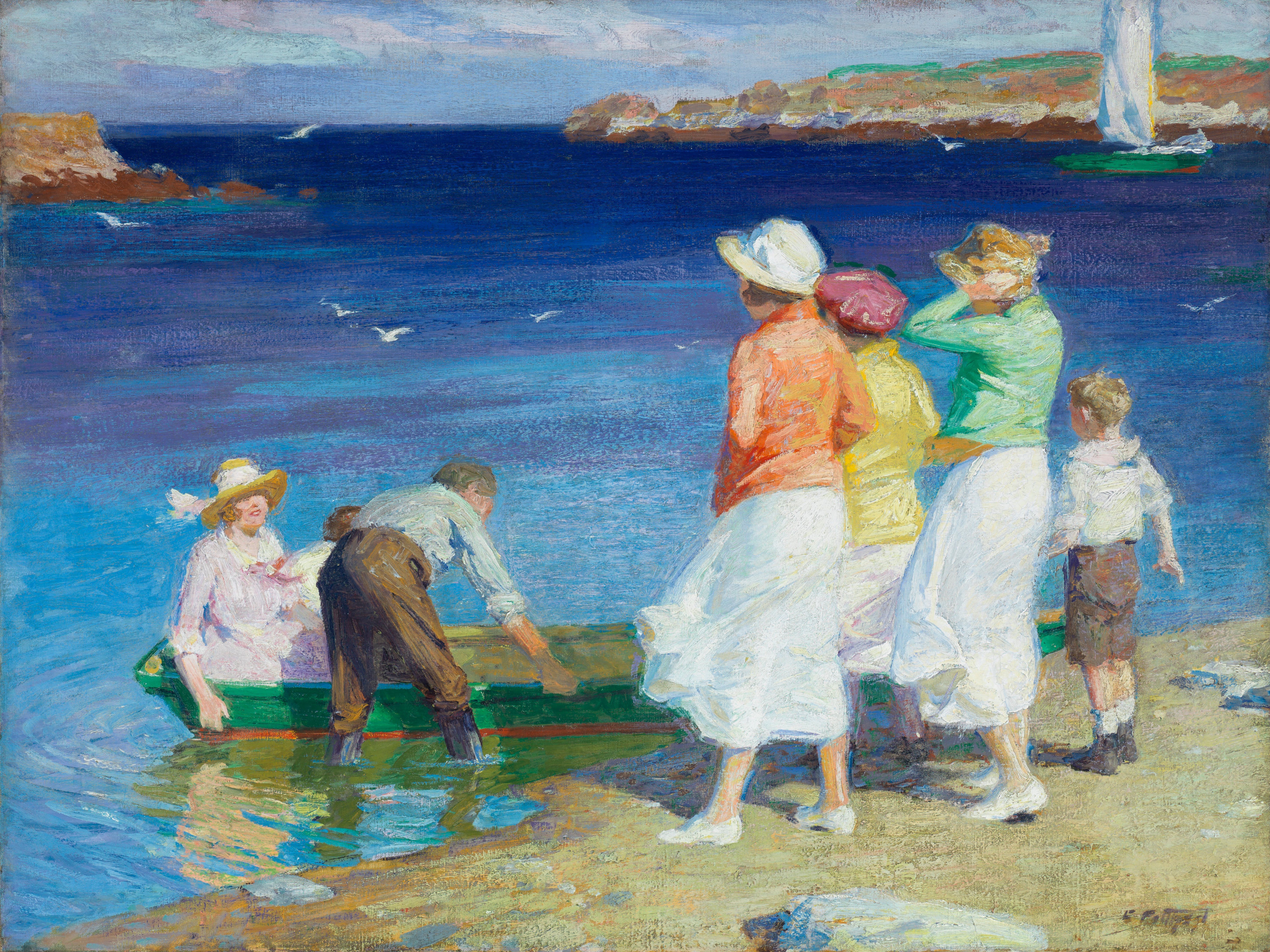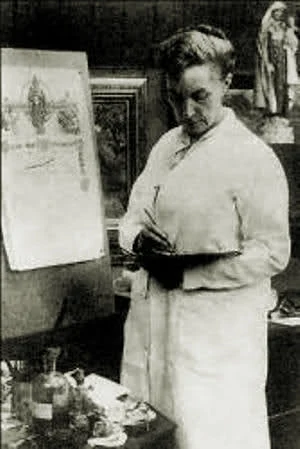Pauwels Franck known in Italy as Paolo Fiammingo and Paolo dei Franceschi (c. 1540 - 1596), was a Flemish painter, mainly of landscapes with mythological and religious scenes, who was active in Venice for most of his life.
He was likely born c. 1540 but his birthplace is not known. He became a member of the Antwerp Guild of Saint Luke in 1561. He is recorded in Venice from 1573 but was likely an assistant in Tintoretto’s workshop there already in the 1560s. He worked in Venice for the rest of his career. He opened a successful studio in Venice, which received commissions from all over Europe.



















